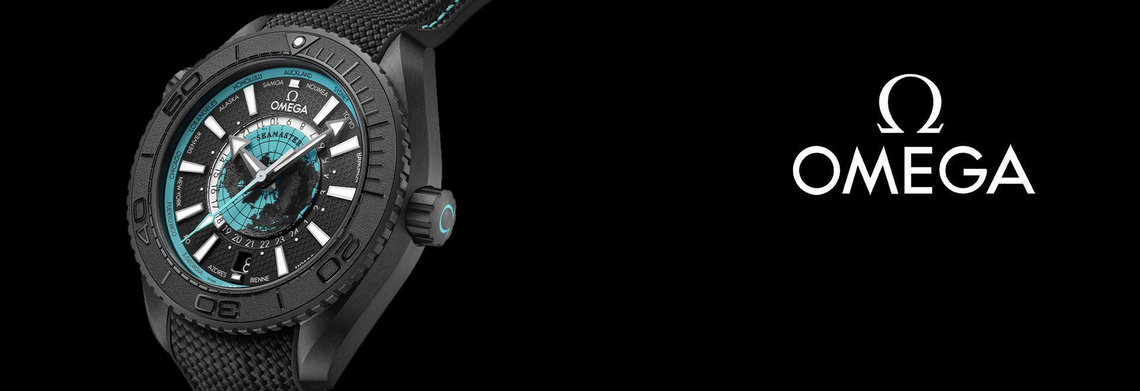

Moon Over Miami: Omega Presents The New Calibre 321 At Watches & Wonders
The unforgettable story of Astronaut General Tom Stafford and the Speedmaster that travelled to space and through time.
In January, Omega announced that, after a decades-long hiatus, one of their most renowned movements was coming back! The iconic caliber 321 (the movement that went to the Moon) is going back into production.
Needless to say, this is one of the most heroic movements of all time. So it’s fitting that Omega introduced new Speedys with a special conversation with another hero General Thomas Stafford, a man whose early explorations with the Gemini and Apollo program made the moon landing possible.
Stafford wore a Speedmaster into space and he still wears an Omega today. Naturally, we were over the moon to spend time with the legend himself at Omega’s Design District Boutique.
SPACE RACE
While the Caliber 321 is synonymous with lunar exploration, it’s history actually goes back to the 1940s. It’s robust and intricate design was originally used in other Omega chronographs, notably in the Seamaster range.
In 1957, the Caliber 321 met the Speedmaster. Because this watch stood out for its use of a monobloc column-wheel, a feature that is machined from a single piece and requires ultimate precision. Which is why it became so popular amongst NASA’s nascent astronauts. Stafford says that other watches were worn on space missions — notably Breitling, Rolex, and Hamilton, but The Speedmaster was favored by most crews.
“Deke Slayton brought his own Omega,” says Stafford. “Then Wally Schirra bought a professional watch — a Speedmaster.”
The Speedmaster ST 105.003 became the first model to be tested and qualified by NASA. Ed White wore one during the first American spacewalk. And the Speedmaster ST 105.012 (Apollo 11 commander Neil Armstrong left his 105.012 Speedmaster inside the lunar module as a backup). Buzz Aldrin wore his on his historic moonwalk, making it the first watch on the Moon.
MAKING HISTORY
The other signature of the Caliber 321 is its lateral clutch chronograph movement. And even though it’s been 50 years since the last one was produced, it has always been popular amongst collectors.
So it makes sense for Omega to bring it back. Using the second generation Caliber 321 as its starting point, Omega’s technicians researched the archives and used original plans to reconstruct the movement as accurately as possible.
The team also used “tomography” technology (digital scanning method) to see inside the actual Speedmaster ST 105.003 timepiece that astronaut Eugene “Gene” Cernan wore on the moon during the Apollo 17 mission in 1972.
Cernan was the last man to walk on the moon and his Speedmaster is now housed at Omega's Museum in Bienne. Its Calibre 321 provided the perfect design criteria for Omega to follow.
In Miami, an audience member asked Stafford where the Speedy he wore in space was. “The Smithsonian!” he replied with a smile. “Our mission watches belonged to NASA.”
PERFECT TIMING
Stafford actually wore two Omegas on his missions — one set to Houston time and one to T-Zero (or Lift Off) time.
In May, Stafford will also be celebrating a special anniversary— it will be 50 years since he piloted the first lunar module as part of Apollo 10.
Like the Caliber 321, Stafford’s storied career didn’t end with lunar explorations. On his last mission (Apollo-Soyuz), he took part in the first international handshake — a move that helped thaw Cold War tensions.
Stafford is still looking to the future. And building upon past achievements is a big part of future space exploration.
“If it wasn’t for mercury if you didn’t have Gemini you wouldn’t have Apollo,” says Stafford. “And whether we go to the Moon, Mars, or beyond, there will always be an Omega on the trip.”







